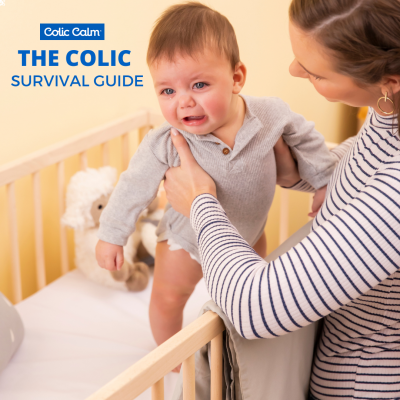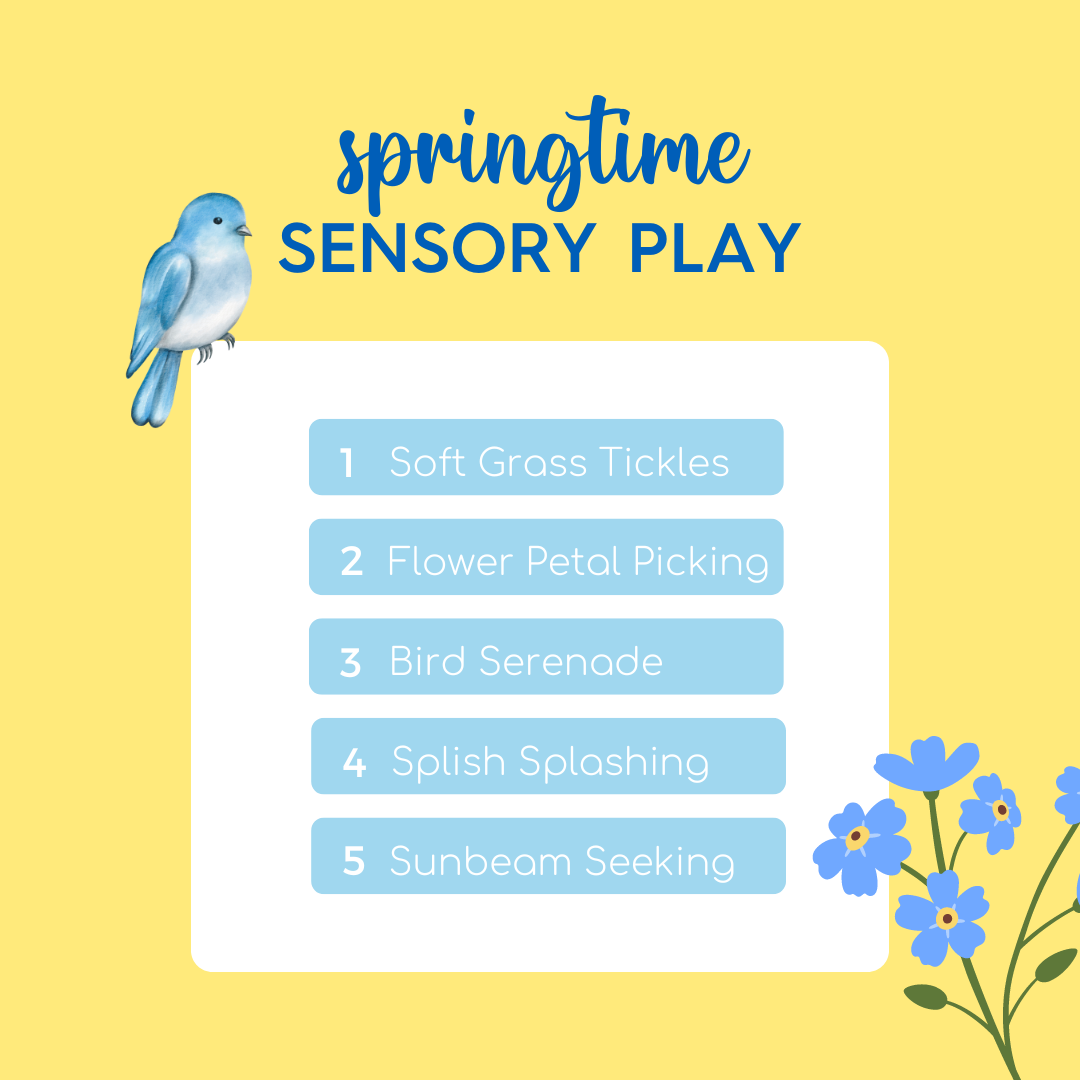What Does Colic Look Like? The Signs and Symptoms

Colic is a common concern for many parents, especially those with newborns. The endless crying, the apparent discomfort, and the feeling of helplessness can be overwhelming. But what exactly is colic, and how can you recognize its signs and symptoms? In this blog post, we'll delve into what colic looks like and the key indicators to watch out for.
What is Colic?
Colic is a term used to describe excessive crying and fussiness in otherwise healthy infants, typically between the ages of 2 weeks and 4 months. It's important to note that colic is a temporary condition and usually resolves on its own by the time the baby reaches 4 to 6 months of age. While the exact cause of colic remains unknown, factors such as gastrointestinal discomfort, overstimulation, and immature digestive systems are believed to contribute to its onset.
Signs and Symptoms of Colic:
Recognizing the signs and symptoms of colic can help parents better understand and manage their baby's discomfort. Here are some common indicators:
• Persistent Crying: One of the hallmark signs of colic is prolonged and intense crying episodes, typically occurring at the same time each day, often in the late afternoon or evening. The crying bouts can last for hours and may be difficult to soothe.
• Clenched Fists and Tightened Abdomen: Babies experiencing colic may exhibit physical signs of discomfort, such as clenched fists, tensed muscles, and a tight or distended abdomen. They may draw up their legs or arch their back in response to discomfort.
• Difficulty Calming Down: Despite efforts to comfort them, colicky babies may remain inconsolable. Traditional soothing techniques like rocking, swaddling, or feeding may provide temporary relief or none at all.
• Intense Facial Expressions: Colicky babies may display facial expressions that reflect their distress, including furrowed brows, clenched jaws, and wide-eyed stares.
• Changes in Eating and Sleeping Patterns: Colic can disrupt a baby's feeding and sleeping routines. Some infants may exhibit increased hunger or have difficulty feeding, while others may experience disrupted sleep patterns, waking frequently throughout the night.
• Excessive Gas and Burping: Gastrointestinal discomfort is often associated with colic, leading to increased gas production and frequent burping. Babies may pass gas more frequently or have episodes of abdominal bloating.
• Irritability and Restlessness: Colicky infants may seem irritable and restless even when they're not crying. They may fuss, squirm, or exhibit signs of discomfort during awake periods.
Managing Colic with Colic Calm:
While colic can be distressing for both babies and parents, there are strategies to help alleviate discomfort and manage symptoms. One such solution is Colic Calm, a natural and homeopathic remedy designed specifically for colicky babies. Colic Calm works by addressing the underlying causes of colic, including gas, bloating, and gastrointestinal distress.
Formulated with natural ingredients such as activated charcoal, fennel, and ginger, Colic Calm is gentle yet effective in providing relief from colic symptoms. Its liquid formula is easy to administer and can be given orally to infants as young as newborns.
Colic can be a challenging experience for parents, but understanding its signs and symptoms is the first step toward managing it effectively. By recognizing the telltale signs of colic and exploring solutions like Colic Calm, parents can provide comfort and relief to their little ones during this temporary phase. Remember, colic won't last forever, and with patience and support, both you and your baby will navigate through it successfully.
 Canada
Canada South Africa
South Africa UK
UK EU & Int
EU & Int Ireland
Ireland Australia
Australia Brazil
Brazil New Zealand
New Zealand

















Comments